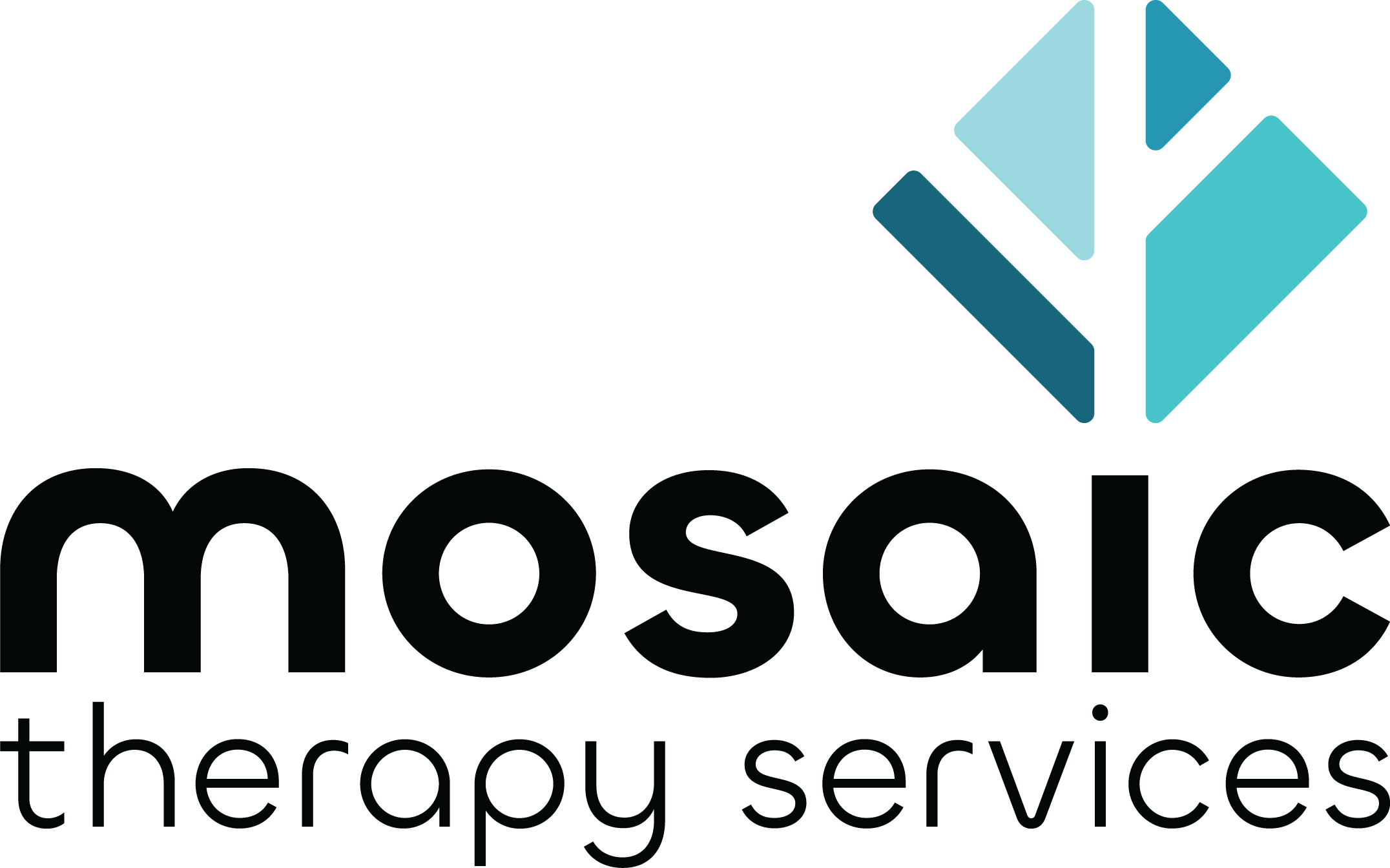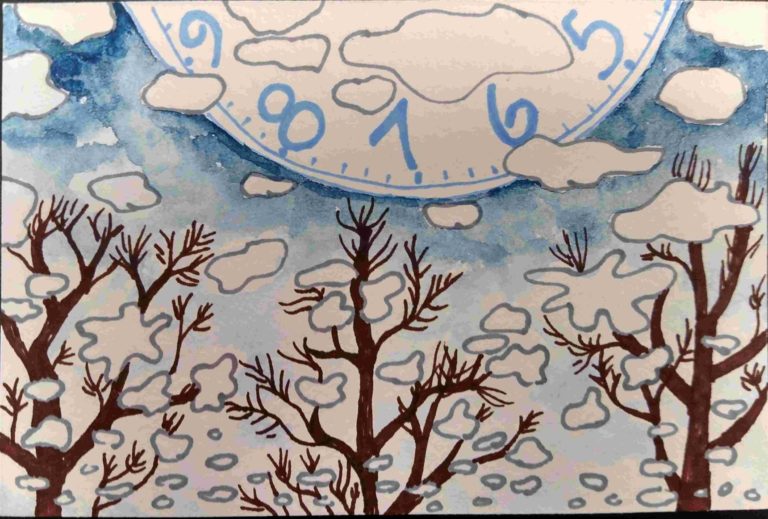So, you want to be an art therapist. I receive many contacts from individuals curious about this career path and if I have any advice. Do an online search and you’ll find a myriad of facts and opinions about the educational and credentialing process, job market, and profession in general. Its hard to sort through, especially when you feel in your bones this is your calling and really would like to know what to do next. Here are some practical considerations I often suggest for those who are thinking they’d like to become an art therapist.
Make sure you know what it means to BE an art therapist.
- You might find making art on your own beneficial and therapeutic for your well-being or emotional healing – this is PERSONAL therapeutic art-making, but not art therapy.
- You might be a recreation therapist, occupational therapist, social worker, counselor, psychologist or other mental health professional who has attended a class, workshop or training about art therapy, read some books or articles about art therapy, implemented projective drawing assessments, or searched Pinterest for art therapy techniques and used art with clients – this is art-making IN therapy, which is sometimes therapeutic, but not art therapy.
- You might be an artist who volunteers their time running groups, offering workshops, or engaging individuals in art making because you see the therapeutic benefit – this is testament to the innate healing and therapeutic power of art, but this is not art therapy.
No, art therapists don’t own art making in therapy, nor can they claim art making in these other forms aren’t therapeutic or healing. However, art therapists have received extensive academic and clinical training in the theory, approaches, techniques and practice of art therapy that allow them to create a specialized therapeutic environment and establish a therapeutic relationship and experience in a session with a client and art like no other. And that is what art therapy, as a career and profession, involves.
Understand the educational, certification, and licensing requirements of an art therapist.
There is an intersect between art therapy theory and closely related fields such as counseling, psychology, and social work. As such, mental health clinicians in these fields often “borrow” from each other. However, just because an art therapist might use a technique designed and used by the social work field does not make them a social worker, nor does it allow them to call the work they’re doing social work. This effectively reduces an entire profession to some kitschy “technique” one can simply experiment with and feel they understand on the same level as someone who has invested years in training to ethically and effectively implement.
The same is true for these related fields, although I hear it all the time from well-meaning colleagues, “You’re an art therapist? So cool! I use art therapy with my clients all the time!” No. You don’t. Art therapy is not a technique you find on Pinterest. Art therapy is not a certification like play therapy. You cannot practice as an art therapist with a bachelor’s degree like music or recreation therapy. It is not something you can master or call yourself after attending a training, on-line certification or researching it on your own and using in sessions with your clients.
If you’re serious about becoming an art therapist, and plan to work in the United States, you’ll need to invest in undergraduate courses in psychology and art and then in a graduate university offering an accredited art therapy program which involves intensive coursework and practicum/internship experiences.
Then, you need to obtain supervised post-graduate experience through employment as an art therapist and take an exam in order to earn national certification and/or licensure. Be aware that each state might have different licensing regulations, or none at all, and other countries might have different education and certification requirements. For example, in some states, art therapy is considered a specialization in counseling – an issue that goes beyond the scope of this post and contributes to some of the debate and confusion out there.
Related mental health professions have other pathways for education and certification/licensing. This is certainly a route to take if you’re on the fence about committing to the profession of art therapy and are more interested in receiving education and training in an alternative graduate level mental health field, such as counseling or social work. However, be advised that if you choose to go this route and plan to simply integrate art-making techniques in therapy, much like play therapy techniques, there is the potential to cause harm and ethically no clinician should ever use a therapeutic approach or technique without the training and competency to do so.
If you are committed to following your heart and committing to the profession of art therapy, know that it is growing and becoming increasingly familiar with advances in research, neuroscience, applications in the military and trauma-informed care. The jobs ARE out there, just not currently in the volume of other related mental health fields. If art therapy truly is your passion, there are many stories of success and fulfillment in this field. This leads to my next point of consideration…
Speak with several art therapists, ideally current students or recent graduates.
While speaking with a seasoned, practicing art therapist can be helpful to better understand the profession overall, most do not know what the current academic rigors are like, what the current process of becoming certified and/or licensed is like, nor do they know what the current job market is like.
For instance, my path for becoming an art therapist, process for becoming employed as an art therapist (think blindly thumbing through the yellow pages and sending cover letters and resumes through snail mail) and subsequent decision to go back to school for counseling was due in part to the fact that back in the 1990’s when I attended graduate school, the educational standards and job market were different.
While my path might be interesting, it would not be as helpful as speaking with a more recent art therapy graduate working in the field who can attest to what the academic rigors of graduate art therapy training is currently like, their post-graduate experience with the job market, the process of licensing and certification, and their thoughts on their return on investment.
You can contact a graduate art therapy program you might want to attend, the American Art Therapy Association (AATA), or a local affiliate chapter (such as the Maryland Art Therapy Association) to ask for contacts of students, recent alumni, or practicing art therapists who are willing to speak with you. If possible, speak with more than one, and if you are hoping to work with a particular population or in a particular setting, ask to speak with an art therapist who works in that environment.
Research graduate programs and attend an information seminar or two.
The AATA has a listing of graduate art therapy programs. Research them, and not just the local ones. This will give you an idea of the prerequisites you need to take, the expectations academically, whether they offer post-graduate training track for professionals (SW, counselors, psychologist) already in the field, and answer other practical questions related to graduate training. Many offer information sessions where you can speak with faculty and students currently in the program.
Work with an art therapist.
If you were to engage on the path of becoming a counselor, social worker, or psychologist, ideally you need to know what the process of therapy involves on a personal level. This is especially true for becoming an art therapist. Work with an art therapist will give you direct experience so you can learn more about the process of exploring and expressing your internal experience through art therapy, ensure you are confident this is what you want to do for a living, and assist you in becoming more self-aware and emotionally ready for the intensity of such training.
If possible, consider volunteering.
This may prove more challenging due in part that with all therapeutic relationships, confidentiality comes into play. Imagine working with your own therapist and having them ask if it was OK if someone with no training could sit in on your session and observe? Not likely. However, there might be some hospitals, community arts programs and/or open art therapy studios that might welcome volunteers to work with art therapists on staff and could be a good place to start.
A word about the naysayers and following your heart…
Looking back almost 25 years ago, I recall being an undergraduate and meeting with an art therapist who told me “don’t do it if you’re looking to become rich.” I found this incredibly off-putting, a bit offensive, and ironically cemented my determination to become an art therapist. I was not looking to become rich, I was looking at finding a way to fulfill my passion!
Yes, there are practical considerations. Graduate art therapy programs are not cheap. They’re not plentiful so you may have to relocate. If you do a job search right now, you’re not going to find the number of listings for an art therapist like you will for a counselor, social worker, or psychologist. But they’re there, and they’re growing. Licensure and title protection are expanding and the profession is becoming increasingly recognized.
If you’re looking, you’ll find naysayers and even art therapists who will suggest becoming a related mental health professional and finding a way to ethically integrate art into your clinical work. Yes, you can do that. And sometimes, looking back, parts of me wonder how my career path would have been different if I had listened and become a social worker or psychologist instead. Maybe I would be making more money. Maybe I wouldn’t feel like I had to constantly explain and validate what I do for a living.
However, I take immense pride in following my heart down the road less-traveled and becoming an art therapist. It represents that in spite of the fact I could have taken an easy path, maybe spent less money on graduate school, maybe spent less time looking and convincing someone to hire me as an art therapist, maybe secured a higher paying job more quickly…I wouldn’t trade the rich experiences with amazing individuals who have entrusted me, and my training and expertise as an art therapist, for the world.


